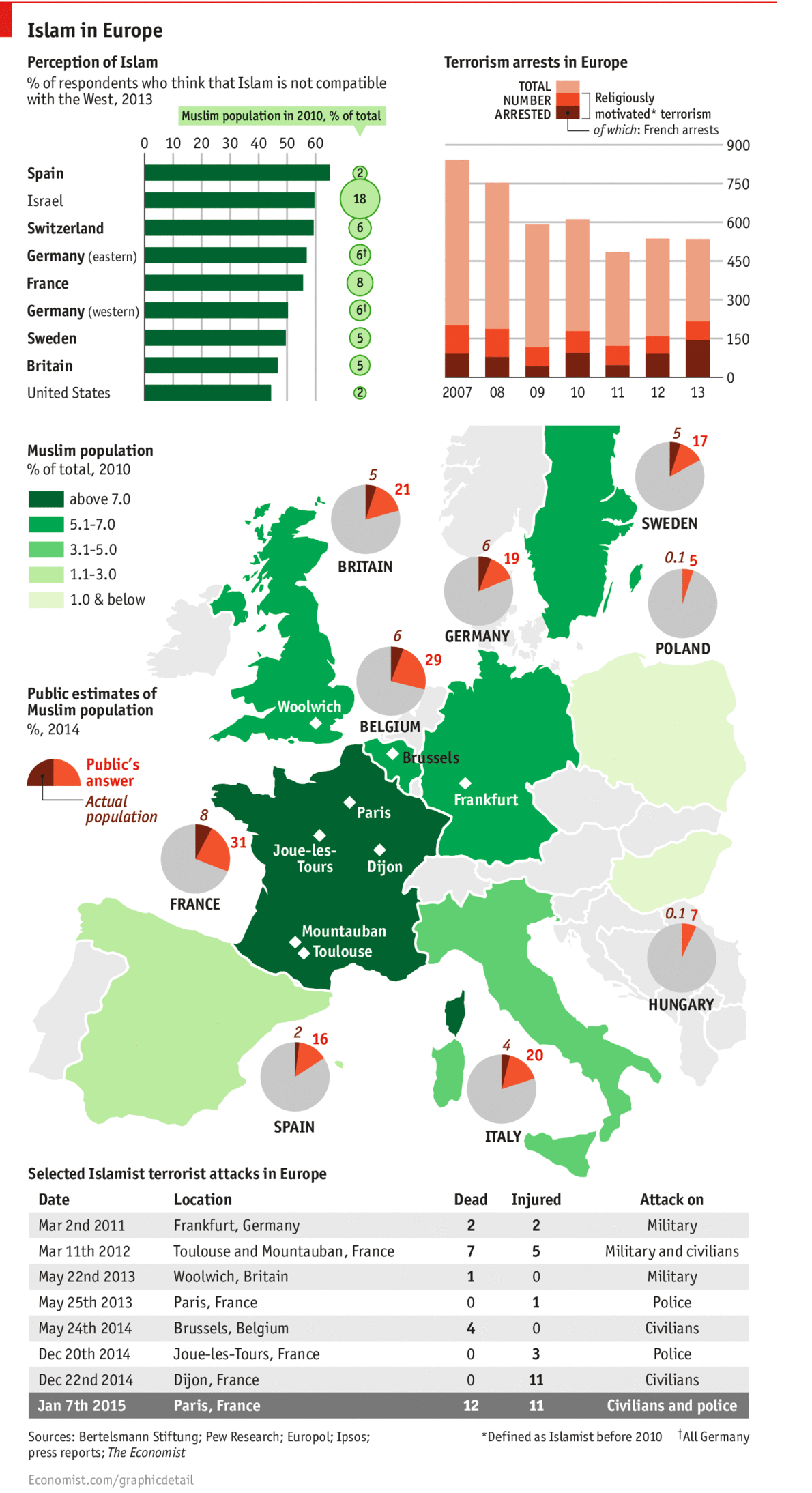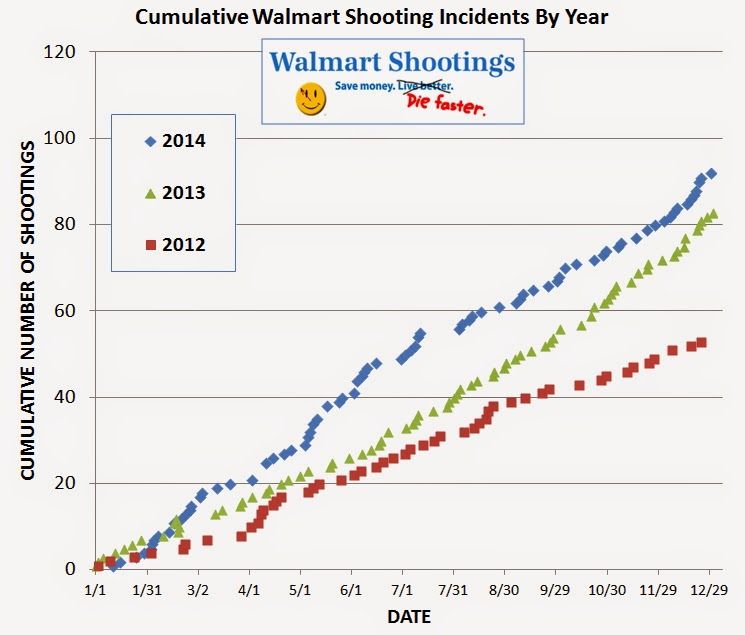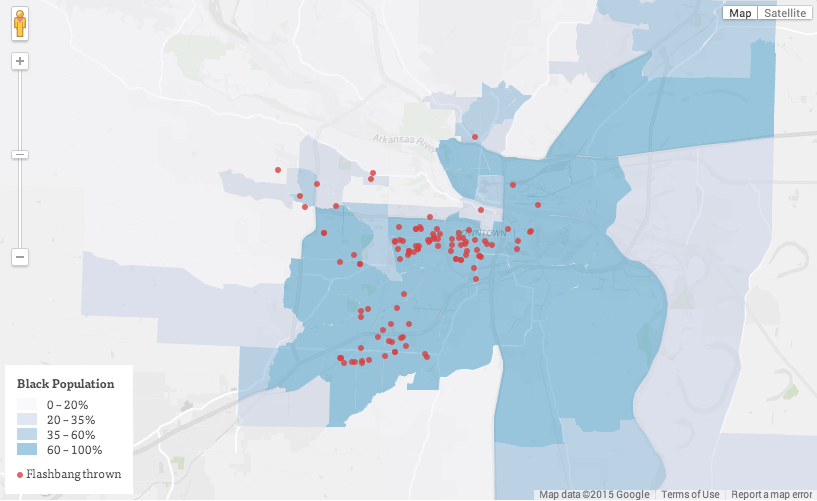Ultimately, the OWS people were entirely in the right. Though as they were a disparate group which grew organically and had no real cohesiveness to it, they didn't have the ability to really articulate the why of why they were right.
First, it's disingenuous at best to claim that OWS was about world inequality. That was only one aspect, and they were primarily talking about growing US inequality. It is undeniable that US inequality was in fact growing, and it is true that much of the reason for that is that the 1%, and less, was simply able to capture more of the national income, despite doing less work to earn it. That is, the income to capital has increased, while the income to work has not. And this in a time period where work is doing more work and capital is doing less work. Capital is simply able to capture more of the produced surplus. And, in doping so, it means that the world and nation has less wealth than it would have otherwise!
That is, it's disingenuous at best to say that the rising inequality is not bad globally, because many in the poorest nations have seen great wage growth. Because it's obvious that the inequality not grown so severely, the wage growth of the poorest would have grown even more. The growth in inequality reduces the rate of the growth of all wealth creation everywhere in total.
Because there is simply less total wealth in the system, there is less wealth that any of the income groups could possible earn.
You can't distribute until you create. Too much inequality destroys creation.
And the cause of growing inequality has been policies which have been deliberately enacted to redistribute wealth to the rich, and to freeze the middle (American poor and middle, global middle, and portions of the poor) out of the opportunity to have growing income.








